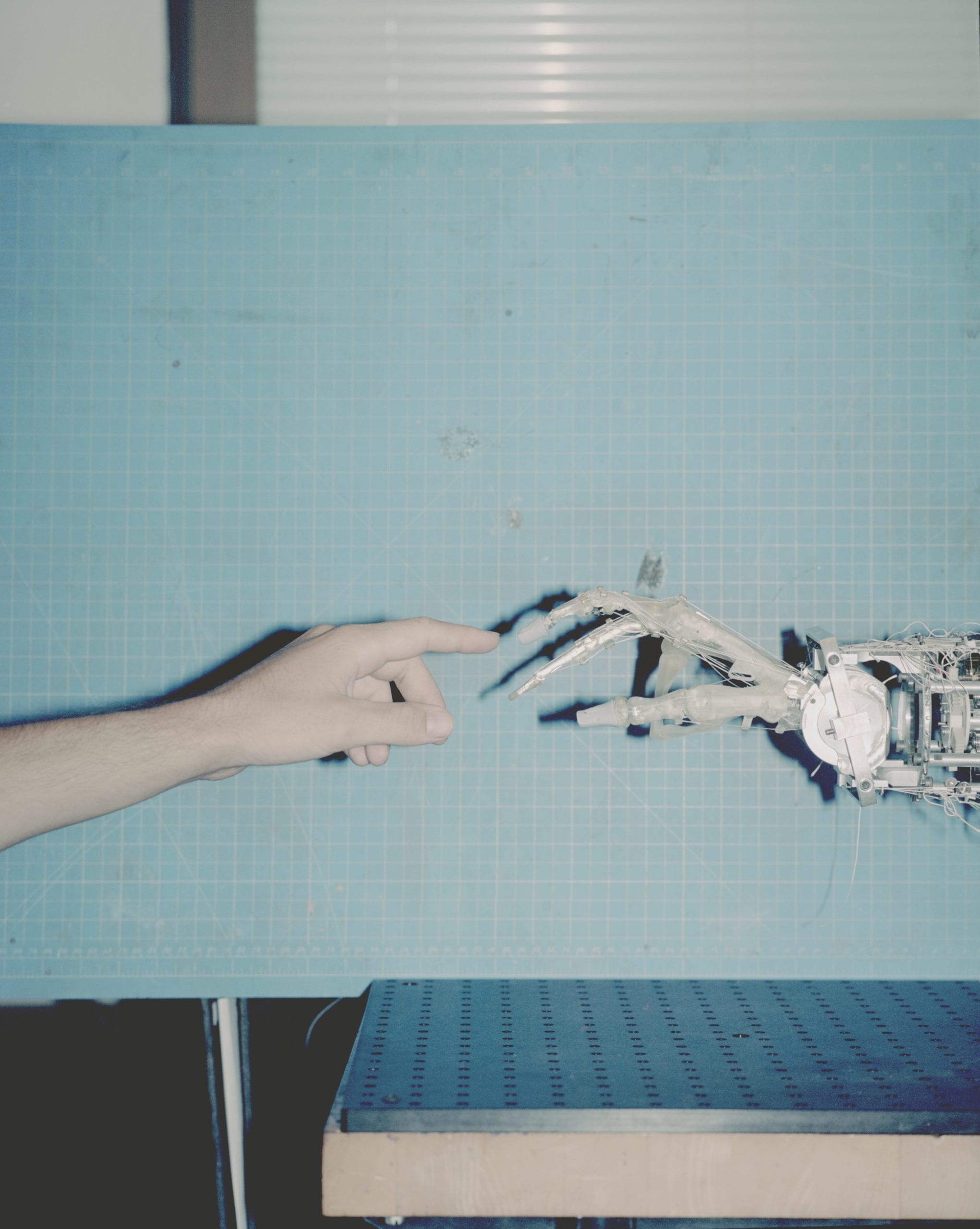The festival contrasts regional Estonian artists with European creatives resonating with a web of social issues, Sarah Moroz reports


The festival contrasts regional Estonian artists with European creatives resonating with a web of social issues, Sarah Moroz reports

Alys Tomlinson’s Ex-Voto book is the culmination of a five-year journey across Catholic pilgrimage sites…

“Most people would walk by a dump pile and assume that there’s no picture there,” says global industrial landscape photographer Edward Burtynsky. “But there’s always a picture, you just have to go in there and find it.” Born in Canada in 1955, Burtynsky has been investigating human-altered landscapes in his artistic practice for over 35 years, capturing the sweeping views of nature altered by industry; from stone, to minerals, oil, transportation, and silicon. “Of course, it’s important to me to make sure that my pictures are attractive to the eye,” he says. “But beneath the surface there’s always a bigger, deeper environmental issue.”

Last few hours left to apply! BJP IPA 2019 deadline: 20 December, 2018. There will be…

The latest edition of the BJP International Photography Award is now open for entries, offering…

Has anything improved since Linda Nochlin’s 1971 essay Why Have There Been No Great Women Artists? The fact that women make up just 15.5% of the artists’ files on Wikipedia suggests not. According to L’Observatoire de l’Egalite, only 30% of the artists exhibited in galleries are women, even though more than 60% of art students in France are women.
Even so, there is some cause for optimism – as French photographer Vincent Ferrané points out. “Of the top 500 contemporary artists in 2017 [in France], only 14% of women,” he says. “But 30% of those were born after 1980.”

Photographer Shahidul Alam has been imprisoned by Dhaka Metropolitan Magistrate’s Court for spreading “false and harmful information” against the government after remaining in police custody for seven days.
He was placed before authorities around 3pm on Sunday 12 August, and charged under section 57 of the Information and Communications Technology Act, Moshiur Rahman, deputy commissioner of police, told the Bangladeshi title The Daily Star. His lawyer and his family members were not informed about the court hearing.
In a letter submitted by investigating officer Mr Arman Ali, the 63-year-old was accused of giving “false and harmful information through Al-Jazeera, various electronic media, and his Facebook timeline, which led to deterioration of the law and order situation in the country, and created fear and terror in the minds of the public”.

Photography is generally accepted as a medium representing reality or the idea of that revealing what you see before you, onto a two-dimensional plane. Multiple Planes, an exhibition organised by Thai New Wave Photography, uses its platform to construct works, in terms of its materials, processes and notions, that relate to photography through atypical dimensions. “It’s a place where you can expect to see inventive works,” says curator Mary Pansanga.

As the apps we use become a bigger part of our daily routines, the line between our digital and real lives is increasingly blurred. “But there’s a tension point where privacy comes in which makes everything even more complicated,” says VICE editor in chief Ellis Jones. How much of ourselves do we share publicly and how do we decide which pieces to share? Which labels do we use to describe ourselves? And how do we avoid others imposing labels onto us? These are a few of the questions posed in “The Privacy and Perception Issue”, VICE’s annual photography magazine.